-
 Bitcoin
Bitcoin $117900
0.31% -
 Ethereum
Ethereum $3766
0.28% -
 XRP
XRP $3.176
-0.31% -
 Tether USDt
Tether USDt $1.000
0.00% -
 BNB
BNB $795.6
1.51% -
 Solana
Solana $186.8
-1.09% -
 USDC
USDC $0.9999
-0.01% -
 Dogecoin
Dogecoin $0.2353
-1.33% -
 TRON
TRON $0.3226
1.49% -
 Cardano
Cardano $0.8172
-1.08% -
 Sui
Sui $4.178
3.06% -
 Hyperliquid
Hyperliquid $43.05
-3.39% -
 Stellar
Stellar $0.4367
-0.57% -
 Chainlink
Chainlink $18.62
1.47% -
 Hedera
Hedera $0.2828
6.63% -
 Bitcoin Cash
Bitcoin Cash $584.7
5.65% -
 Avalanche
Avalanche $24.81
2.53% -
 Litecoin
Litecoin $112.8
-0.88% -
 UNUS SED LEO
UNUS SED LEO $8.975
-0.08% -
 Shiba Inu
Shiba Inu $0.00001395
-1.07% -
 Toncoin
Toncoin $3.285
-1.05% -
 Ethena USDe
Ethena USDe $1.001
0.01% -
 Polkadot
Polkadot $4.123
0.76% -
 Uniswap
Uniswap $10.49
-0.18% -
 Monero
Monero $326.5
0.14% -
 Dai
Dai $0.9999
-0.02% -
 Bitget Token
Bitget Token $4.576
0.34% -
 Pepe
Pepe $0.00001247
-1.55% -
 Cronos
Cronos $0.1400
3.77% -
 Aave
Aave $295.1
-0.73%
BTC fifteen-minute RSI overbought and oversold strategy guide
The 15-minute RSI helps Bitcoin traders identify overbought (>70) and oversold (<30) conditions, guiding potential entry and exit points for BTC trades.
Jun 07, 2025 at 05:36 pm
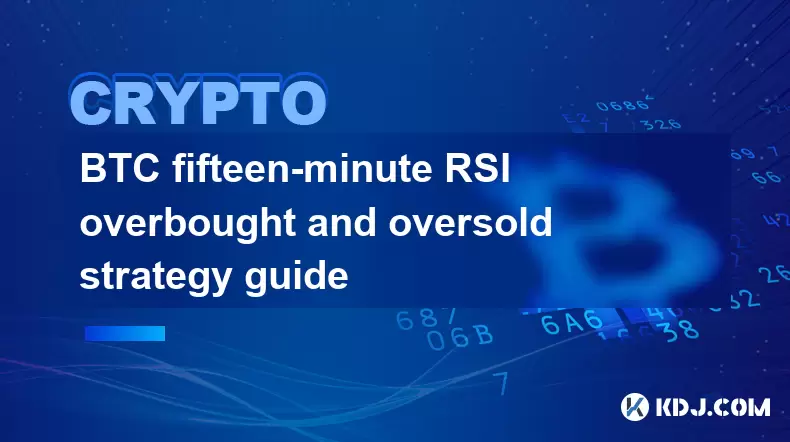
Understanding the 15-Minute RSI in Bitcoin Trading
The Relative Strength Index (RSI) is a momentum oscillator that measures the speed and change of price movements. In the context of Bitcoin trading, the 15-minute RSI provides traders with insights into short-term market conditions. The RSI oscillates between 0 and 100, and it is typically considered overbought when it exceeds 70 and oversold when it falls below 30. This guide will delve into how traders can leverage the 15-minute RSI to identify potential entry and exit points for BTC trades.
Setting Up Your Trading Platform for 15-Minute RSI
Before diving into the strategy, it's essential to set up your trading platform correctly. Here are the steps to add the 15-minute RSI to your chart:
- Choose your trading platform: Popular platforms like TradingView, Binance, or Coinbase Pro are suitable for this strategy.
- Select Bitcoin (BTC) as your asset: Ensure you are on the correct trading pair, such as BTC/USDT.
- Add the RSI indicator: Navigate to the indicators section, search for "RSI," and select it.
- Configure the RSI: Set the period to 14, which is the standard setting, and change the timeframe to 15 minutes.
Once the RSI is correctly set up, you can begin applying the overbought and oversold strategy to your Bitcoin trading.
Identifying Overbought Conditions on the 15-Minute RSI
An overbought condition on the 15-minute RSI occurs when the indicator rises above 70. This suggests that Bitcoin's price may have risen too quickly and could be due for a correction. Traders should look for the RSI to move above 70 and then start to decline as a signal to consider selling or shorting BTC.
To enhance the reliability of this signal, consider the following:
- Confirm with price action: Look for bearish candlestick patterns, such as shooting stars or bearish engulfing patterns, to support the overbought RSI signal.
- Volume analysis: High trading volume during the overbought period can indicate strong selling pressure, reinforcing the potential for a price drop.
Identifying Oversold Conditions on the 15-Minute RSI
Conversely, an oversold condition on the 15-minute RSI is identified when the indicator falls below 30. This suggests that Bitcoin's price may have dropped too rapidly and could be due for a rebound. Traders should look for the RSI to move below 30 and then start to rise as a signal to consider buying or going long on BTC.
To increase the effectiveness of this signal, consider the following:
- Confirm with price action: Look for bullish candlestick patterns, such as hammer or bullish engulfing patterns, to support the oversold RSI signal.
- Volume analysis: High trading volume during the oversold period can indicate strong buying interest, reinforcing the potential for a price increase.
Implementing the 15-Minute RSI Strategy
To implement the 15-minute RSI strategy effectively, follow these steps:
- Monitor the RSI closely: Keep an eye on the 15-minute RSI chart throughout the trading day.
- Identify overbought and oversold conditions: Look for the RSI to cross above 70 or below 30.
- Wait for confirmation: Confirm the RSI signal with price action and volume analysis.
- Execute trades: Once confirmed, execute your trades based on the signals. For overbought conditions, consider selling or shorting BTC. For oversold conditions, consider buying or going long on BTC.
- Set stop-losses and take-profits: Always set stop-loss orders to manage risk and take-profit orders to secure gains.
Managing Risk with the 15-Minute RSI Strategy
Risk management is crucial when using any trading strategy, including the 15-minute RSI strategy. Here are some tips to manage risk effectively:
- Use stop-loss orders: Set stop-loss orders to limit potential losses. For example, if you enter a long position after an oversold signal, place a stop-loss below the recent low.
- Position sizing: Only risk a small percentage of your trading capital on each trade. A common rule of thumb is to risk no more than 1-2% of your total capital per trade.
- Avoid overtrading: Do not trade every RSI signal. Wait for strong confirmation from price action and volume to increase the probability of successful trades.
Combining the 15-Minute RSI with Other Indicators
While the 15-minute RSI can be a powerful tool on its own, combining it with other indicators can enhance your trading strategy. Consider using the following indicators in conjunction with the RSI:
- Moving Averages: Use moving averages to identify the overall trend. For example, if the 50-period moving average is above the 200-period moving average, the trend is considered bullish.
- MACD: The Moving Average Convergence Divergence (MACD) can help confirm RSI signals. A bullish MACD crossover can reinforce an oversold RSI signal, while a bearish crossover can reinforce an overbought RSI signal.
- Bollinger Bands: Bollinger Bands can help identify volatility. When the price touches the upper Bollinger Band, it may confirm an overbought RSI signal, and when it touches the lower band, it may confirm an oversold RSI signal.
Frequently Asked Questions
Q: Can the 15-minute RSI strategy be used for other cryptocurrencies besides Bitcoin?
A: Yes, the 15-minute RSI strategy can be applied to other cryptocurrencies. However, the effectiveness may vary depending on the liquidity and volatility of the specific cryptocurrency. Always backtest the strategy on historical data before applying it to other assets.
Q: How often should I monitor the 15-minute RSI chart?
A: It is recommended to monitor the 15-minute RSI chart throughout the trading day, especially during high volatility periods. Set up alerts for when the RSI crosses above 70 or below 30 to stay informed of potential trading opportunities.
Q: Is the 15-minute RSI strategy suitable for long-term investors?
A: The 15-minute RSI strategy is more suited for short-term traders looking to capitalize on quick price movements. Long-term investors may find more value in using longer timeframes and other fundamental analysis tools.
Q: What are the common pitfalls to avoid when using the 15-minute RSI strategy?
A: Common pitfalls include overtrading, ignoring confirmation signals, and not managing risk properly. Always wait for strong confirmation from price action and volume, and use stop-loss orders to protect your capital.
Disclaimer:info@kdj.com
The information provided is not trading advice. kdj.com does not assume any responsibility for any investments made based on the information provided in this article. Cryptocurrencies are highly volatile and it is highly recommended that you invest with caution after thorough research!
If you believe that the content used on this website infringes your copyright, please contact us immediately (info@kdj.com) and we will delete it promptly.
- Bitcoin, Ruvi AI, and CoinMarketCap: Navigating the Future of Crypto
- 2025-07-28 02:30:12
- Dogwifhat (WIF) Eyes Bullish Breakout: Can It Breach $1.20?
- 2025-07-28 02:50:12
- Bitcoin Bounces: How the US-China Tariff Truce Impacts Crypto
- 2025-07-28 02:50:12
- Bitcoin Bull Market: Price Targets and Expert Takes
- 2025-07-28 02:30:12
- Cardano Price Rockets: ADA Jumps Past Resistance, $2 Target in Sight?
- 2025-07-28 01:30:14
- Ruvi AI: The Next Solana? Riding the AI Token Wave on CoinMarketCap
- 2025-07-28 00:50:16
Related knowledge
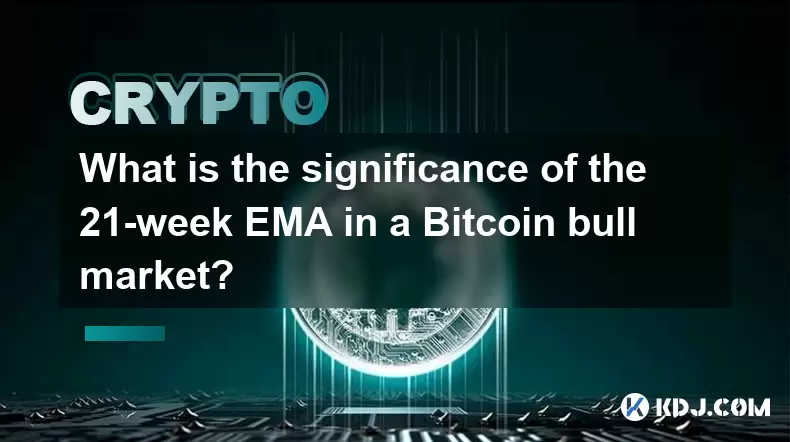
What is the significance of the 21-week EMA in a Bitcoin bull market?
Jul 10,2025 at 06:56pm
Understanding the 21-Week EMA in Cryptocurrency AnalysisThe 21-week Exponential Moving Average (EMA) is a technical indicator widely used by traders a...
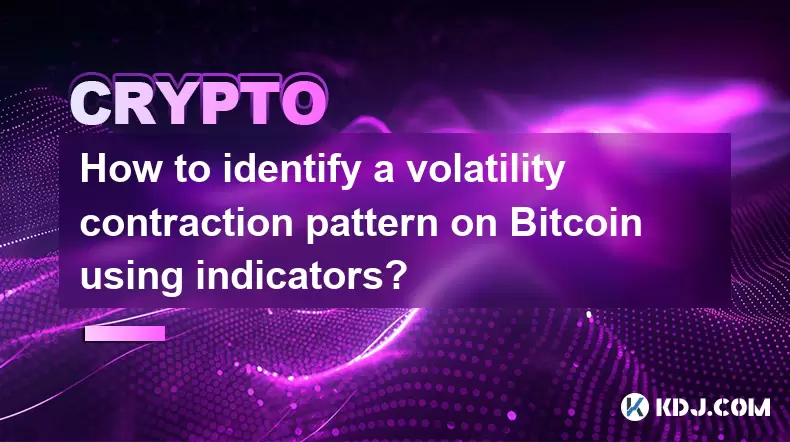
How to identify a volatility contraction pattern on Bitcoin using indicators?
Jul 07,2025 at 07:28am
What is a Volatility Contraction Pattern in Bitcoin Trading?A volatility contraction pattern refers to a phase where the price movement of an asset, s...
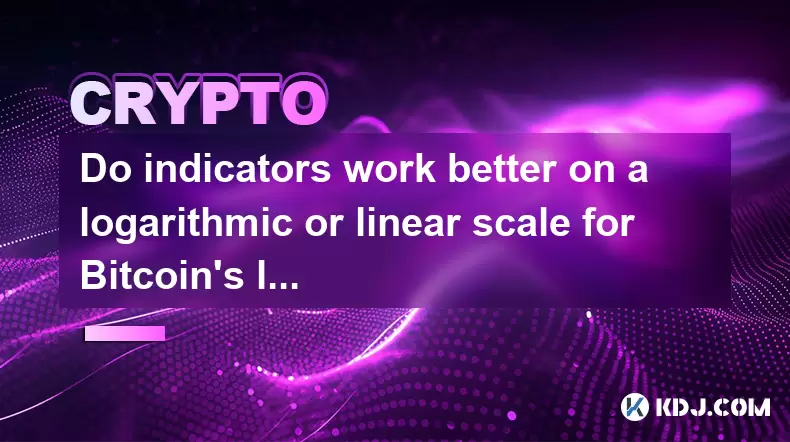
Do indicators work better on a logarithmic or linear scale for Bitcoin's long-term chart?
Jul 08,2025 at 01:42pm
Understanding Chart Scales in Cryptocurrency TradingIn cryptocurrency trading, particularly for analyzing Bitcoin's long-term trends, chart scales pla...

What is the Woodies CCI indicator and can it be used for Bitcoin?
Jul 04,2025 at 05:14pm
Understanding the Woodies CCI IndicatorThe Woodies CCI indicator is a variation of the traditional Commodity Channel Index (CCI), which was originally...
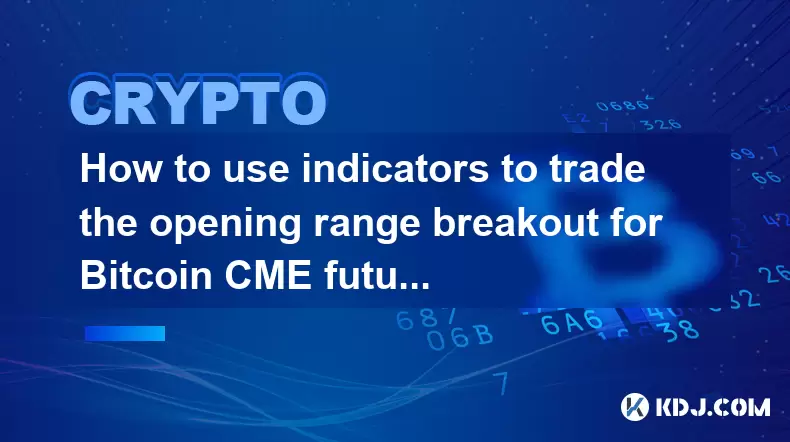
How to use indicators to trade the opening range breakout for Bitcoin CME futures?
Jul 05,2025 at 07:35pm
What Is the Opening Range Breakout Strategy?The opening range breakout (ORB) strategy is a popular trading technique used in both traditional markets ...

How to use the Relative Vigor Index (RVI) for Bitcoin trading?
Jul 07,2025 at 02:00pm
Understanding the Relative Vigor Index (RVI)The Relative Vigor Index (RVI) is a technical analysis tool used to assess the strength of price movements...

What is the significance of the 21-week EMA in a Bitcoin bull market?
Jul 10,2025 at 06:56pm
Understanding the 21-Week EMA in Cryptocurrency AnalysisThe 21-week Exponential Moving Average (EMA) is a technical indicator widely used by traders a...

How to identify a volatility contraction pattern on Bitcoin using indicators?
Jul 07,2025 at 07:28am
What is a Volatility Contraction Pattern in Bitcoin Trading?A volatility contraction pattern refers to a phase where the price movement of an asset, s...

Do indicators work better on a logarithmic or linear scale for Bitcoin's long-term chart?
Jul 08,2025 at 01:42pm
Understanding Chart Scales in Cryptocurrency TradingIn cryptocurrency trading, particularly for analyzing Bitcoin's long-term trends, chart scales pla...

What is the Woodies CCI indicator and can it be used for Bitcoin?
Jul 04,2025 at 05:14pm
Understanding the Woodies CCI IndicatorThe Woodies CCI indicator is a variation of the traditional Commodity Channel Index (CCI), which was originally...

How to use indicators to trade the opening range breakout for Bitcoin CME futures?
Jul 05,2025 at 07:35pm
What Is the Opening Range Breakout Strategy?The opening range breakout (ORB) strategy is a popular trading technique used in both traditional markets ...

How to use the Relative Vigor Index (RVI) for Bitcoin trading?
Jul 07,2025 at 02:00pm
Understanding the Relative Vigor Index (RVI)The Relative Vigor Index (RVI) is a technical analysis tool used to assess the strength of price movements...
See all articles

























































































